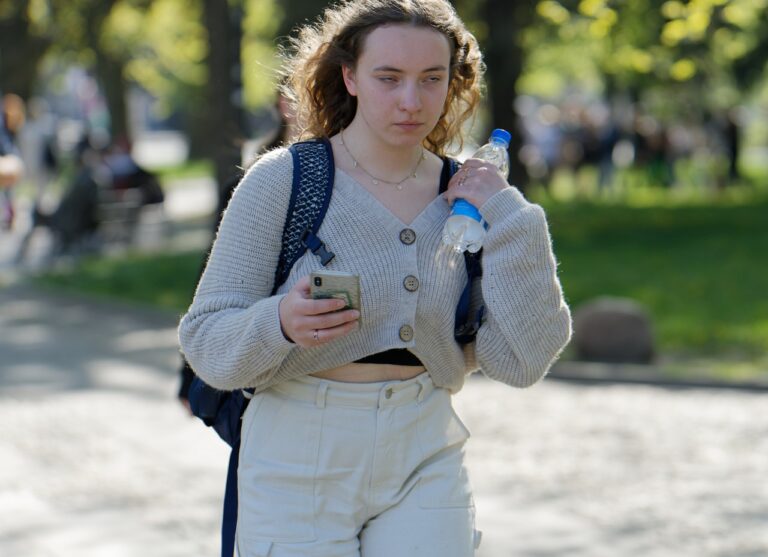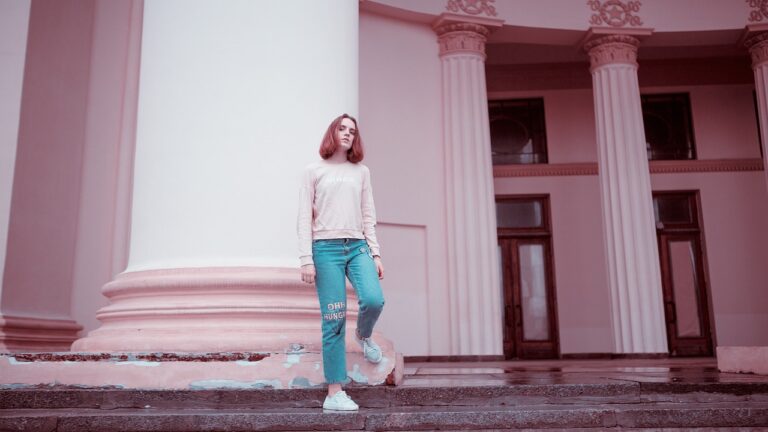The Role of Technology in Fashion Education
Fashion education has undergone significant transformations over the years, adapting to the ever-changing demands of the industry. Traditional methods of teaching in fashion schools have shifted towards more interactive and practical approaches, equipping students with the necessary skills to navigate the dynamic world of fashion. As technology continues to advance, fashion education has seamlessly integrated digital tools and platforms into its curricula, offering students a more comprehensive learning experience.
The rise of online learning platforms and virtual classrooms has revolutionized the way fashion education is delivered, making it more accessible to a global audience. Students now have the flexibility to pursue their passion for fashion from anywhere in the world, breaking down geographical barriers that once limited opportunities for aspiring fashion professionals. This shift towards a more inclusive and flexible education model has opened doors for a diverse range of individuals to explore their creativity and pursue a career in the ever-evolving fashion industry.
The Impact of Virtual Reality on Fashion Learning
Virtual reality (VR) has transformed the way fashion education is delivered to students around the world. With the integration of VR technology, learners can now immerse themselves in realistic virtual environments that simulate real-world fashion scenarios. This interactive approach allows students to engage with 3D models, explore design concepts, and even participate in virtual fashion shows, providing a hands-on learning experience like never before.
The use of VR in fashion learning provides a dynamic platform for students to enhance their creativity, visualization skills, and technical knowledge. By allowing individuals to virtually experiment with different fabrics, colors, and styles, VR technology offers a new perspective on the design process. Furthermore, the ability to receive instant feedback and collaborate with peers in a virtual space fosters a more interactive and engaging learning environment for aspiring fashion professionals.
How has fashion education evolved over the years?
Fashion education has evolved from traditional classroom learning to incorporating more technology and digital tools to enhance the learning experience.
How does virtual reality impact fashion learning?
Virtual reality allows students to immerse themselves in interactive and realistic fashion scenarios, providing a hands-on learning experience that is more engaging and effective.
Can virtual reality be used for practical training in fashion design?
Yes, virtual reality can be used for practical training in fashion design by allowing students to create and manipulate 3D models of garments in a virtual environment.
Are there any drawbacks to using virtual reality in fashion education?
Some drawbacks of using virtual reality in fashion education include the initial cost of implementing the technology and the need for training instructors and students on how to use it effectively.
How can students benefit from using virtual reality in fashion learning?
Students can benefit from using virtual reality in fashion learning by gaining a better understanding of garment construction, textile manipulation, and other aspects of fashion design through hands-on experiences.





